Donatello ’s bronze depicting Judith and Holofernes, restored thanks to the support of Friends of Florence, was unveiled today in Florence’s Sala dei Gigli in Palazzo Vecchio. The intervention, lasting a total of about ten months, was divided into two phases, with execution of the works entrusted directly by the donor. The Friends of Florence Foundation has long been committed to supporting important interventions for the protection and enhancement of the Florentine and Tuscan heritage, and has already supported a number of restoration works on works from the Palazzo Vecchio collections, such as the 2019 restoration of Andrea del Verrocchio’s Putto with Dolphin and the paintings in the museum room where this is displayed. Present at the restoration presentation were Deputy Mayor and Councillor for Culture of the City of Florence Alessia Bettini, U.S. Consul General Daniela Ballard and Friends of Florence President Simonetta Brandolini d’Adda, among others.
The bronze group depicting Judith and Holofernes (1457-1464) is one of Donatello ’s best-known works because of its expressive power, the skill and refinement of the execution technique, and the vicissitudes that led it to become a banner of Florence’s freedom. The sculpture bears the artist’s signature engraved in the cushion on which the two figures rest. According to the most widely accepted hypothesis it was commissioned from Donatello by Piero de’ Medici around 1457. It was interrupted due to the departure for Siena of its author, who, with some collaborators, completed it between 1461 and 1464, when it was placed in the garden of the ancient Medici residence on Via Larga, today’s Palazzo Medici Riccardi, to serve as a counterpoint to the bronze David by the same sculptor that was already in the nearby courtyard (now in the Museo Nazionale del Bargello).
According to the Bible book of the same name, the young Jewish girl Judith saved her city from the siege of the Assyrian army by cutting off the head of General Holofernes after seducing him and getting him drunk. At that time Judith was usually depicted already triumphant over the severed head of her enemy. Donatello, with great originality, added the figure of Holofernes, thus producing the first large isolated work devoted to this theme, and captured the action as it unfolds, depicting the heroine in a firm and proud upright position, her arm holding the sword raised impetuously and ready to deliver the final blow. The tyrant’s bloodless body is wedged between Judith’s legs, her limbs hanging vilely from the bronze plinth, where three Bacchic reliefs refer to her lust. The bronze was originally embellished with gilding, few fragments of which remain today.
The work reinterpreted the biblical story of Judith in a secular and political key, as attested by two inscriptions in the stone base when it was in the Medici garden, which have been lost: the first qualified her as a symbol of the triumph of humility over pride and of virtue over lust; the second contained Piero de’ Medici’s dedication of her as a model of fortitude and freedom, inciting citizens to follow the heroine’s example in defending the Florentine Republic.
The second meaning became predominant when, in 1495, a year after the expulsion of the Medici and the proclamation of the new Savonarolian-inspired Republic, the Signoria of Florence resolved to confiscate this work, along with others located in the Medici residence, and move it to its seat of government. The two epigraphs on the plinth were replaced with today’s one that bears the date of the transfer and has made the bronze a symbol of Florentine freedom.
The Judith was placed on the arengarium of the Palazzo della Signoria, where it remained until it had to make way for Michelangelo’s David in 1504, penalized by the need to find a location for the new sculpture and by the criticism of it by a faction to which it seemed improper to have the city represented by a woman killing a man and who also blamed it for being a “deadly sign” bearer of bad luck, because it arrived there when Florence was losing its dominion of Pisa. Two years later it was back in the square, under the Loggia della Signoria, but it was not until 1919, after being secured during the war, that it was relocated, in a central position, on the arengarium of the Palazzo Vecchio. From there it was never removed again, except for security reasons during World War II, when it was also restored by Bruno Bearzi, on behalf of the Marinelli foundries, until after the Medici celebrations of 1980, as an advanced state of deterioration of the bronze was noted, it was decided to replace it externally with a copy and to move it to the Sala dei Gigli in Palazzo Vecchio. On the occasion of the transfer, the work underwent, for the first time, a thorough scientific restoration, carried out by theOpificio delle Pietre Dure in Florence’s Palazzo Vecchio, between 1986 and 1988.
So long after the last restoration and a subsequent maintenance work carried out in 2004, the bronze appeared severely obscured by a copious layer of atmospheric dust that had been deposited on its surfaces over the years as a result of electrostatic attraction and the adhesive property of the protective coating. The restoration project aimed to restore and improve the legibility of the work, refining the interventions carried out in the 1980s through the application of newly acquired instrumentation and knowledge, as well as to deepen the analysis of the technical aspects of the bronze group and Donatello’s peculiar working methods.
The first phase of the intervention preceded the Palazzo Strozzi exhibition Donatello. The Renaissance, as the bronze was part of the parallel path on the territory outside the exhibition. During this phase, close observation and documentation of the work was carried out and the dusting undertaken in 2004, which was necessary in order to assess the bronze’s state of preservation, was replicated. This first examination was intended to ascertain and locate on the bronze some of the operational and technical choices of the last intervention of the restorers of the Opificio delle Pietre Dure, retracing that same diagnostic campaign and analyzing some of the same samples together with other new ones through the use of modern instrumentation, in comparison with the knowledge acquired in the last forty years of study of ancient bronzes.
The second part of the intervention was started after a few months, at final diagnostic results, after appropriate considerations with the Construction Management and the competent official for the Superintendence. This second phase required a general conservative review of the work. Specifically, the need had in fact emerged for a more articulated intervention than a simple extraordinary maintenance, which would ’renew’ the cleaning of the surfaces carried out during the 1986-1988 restoration, one of the most important at the time, so much so that it constituted a watershed in the conservation of the bronzes, both in materials and in the methodologies applied later by the Opificio and its School of Higher Education. In today’s intervention, all of the metal conservation issues that have arisen over the decades and that continue to progress, albeit more slowly, due to the museum’s in-house storage have been removed. Some abrupt color transitions (and with them some surface mineral substances) induced by various more or less stable alteration patinas have been ’retracted’ by the removal or thinning of damaging corrosion products. The latter due to oxidation processes or residues of deposits that the previous intervention had not completely eliminated and resolved, due to the less ductile technical instrumentation then available and the different knowledge of the subject, or again, to alterations generated by the direct cast operations (a practice now outdated) carried out for the realization of the copy now on the Arengario of Palazzo Vecchio. An important operational solution was provided by theuse of the laser made available by the company EL.EN, which, precisely at the Opificio delle Pietre Dure more than two decades ago, was being calibrated on the gilded bronzes to resolve the limitations of the chemical and especially mechanical cleaning techniques in use at the time. With the 2004 dusting, only three very small traces of leaf gilding executed by Donatello had been identified. Subsequent dusting confirmed their presence, but contact microscopic observation of the entire surface, centimeter by centimeter, led to the assumption that there might be many more residues of gold coating, a hypothesis later confirmed by subsequent analysis. On the basis of the inspection and mapping of the faint traces detected by the analyses, cross-referenced also with the information provided by some close observations in the early twentieth century, those areas were therefore cleaned with the use of lasers. This brought to light several new gold fragments preserved in several areas, totaling about 13 square centimeters in some cases, also identifying the trends and boundaries of the backgrounds and clarifying which parts of the bronze were originally embellished with gilding, frequent in Florentine sculpture of that period and recurring in Donatello’s works. The results achieved on the surfaces of the bronze also led to a reconsideration of the materials to be used for its final protection, which now consisted of a film-forming layer of acrylic varnish, covered in turn by a sacrificial layer of wax similar to that of the previous restoration, which was employed for the first time at the time after major comparative studies.
The restoration also made it possible to supplement the knowledge of the work’s execution technique with some new information about previously undetected details of the bronze assembly. Maintenance work was also carried out on the stone base of the bronze group: dusting and washing the surfaces and replacing the plinth covering the metal support on which the sculpture rests inside the Hall of Lilies.
“We are very happy to have supported the restoration of Donatello’s sculpture of Judith and Holofernes, a fundamental work not only for Florentine history, but for world art and culture,” said Friends of Florence President Simonetta Brandolini d’Adda. “In this way it can continue to show itself to present and future generations in all its powerful beauty. I thank on behalf of Friends of Florence the City of Florence, in particular the curator of the Museum of Palazzo Vecchio Dott.ssa Serena Pini for the opportunity she has given us, the Superintendence Officer Dott.ssa Lia Brunori who has followed the work in her role of High Supervision, the restorer Nicola Salvioli who with his project has allowed us to contribute to the preservation of this masterful work. Heartfelt and special thanks go to our donors without whom we could not have supported the intervention: Catharin Dalpino, Anna & Paul Friedman, Lauren & Phil Hughes, Judith & Arthur Rubin, Loralee West.”
Photo by A. Quattrone
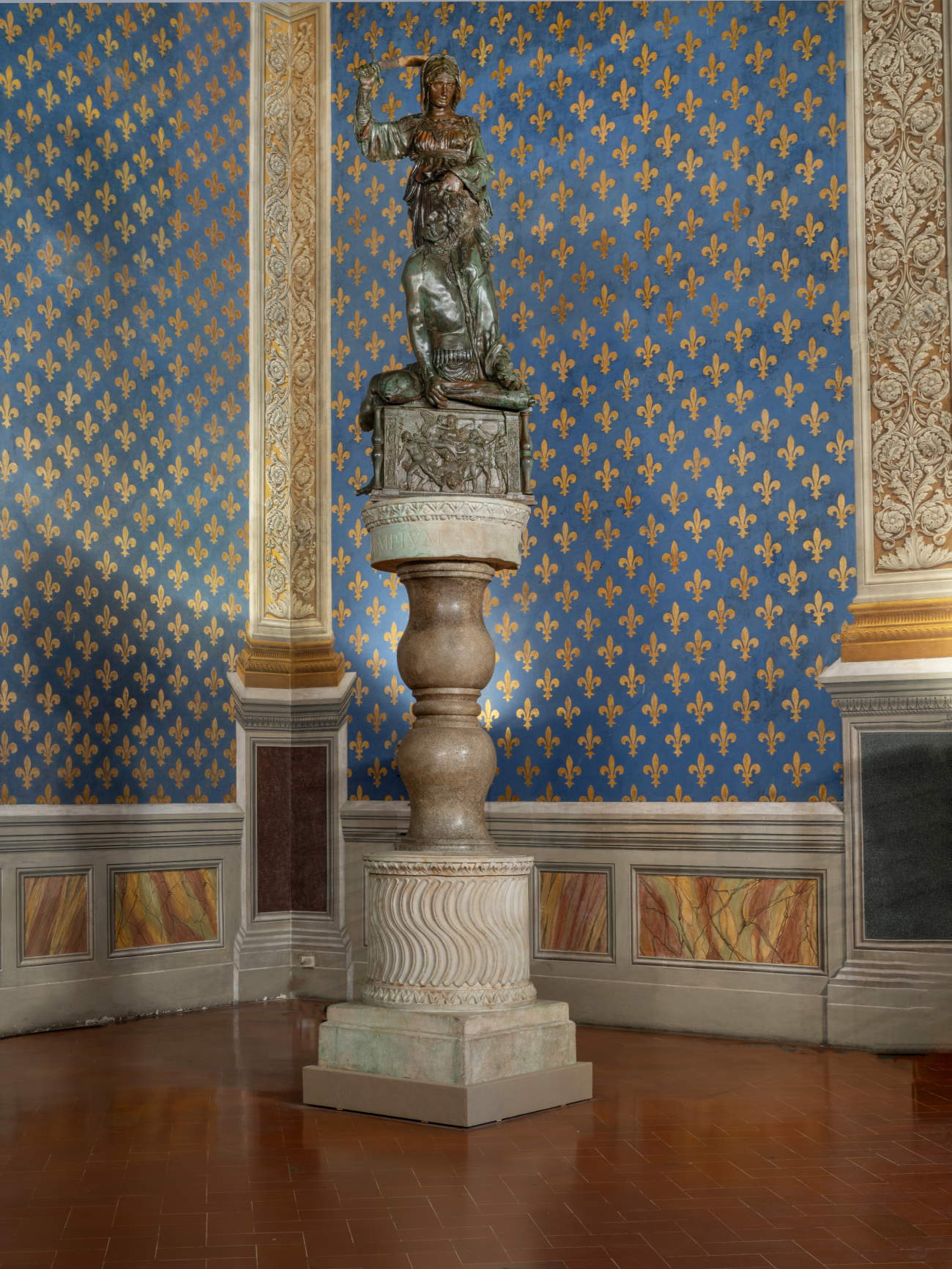
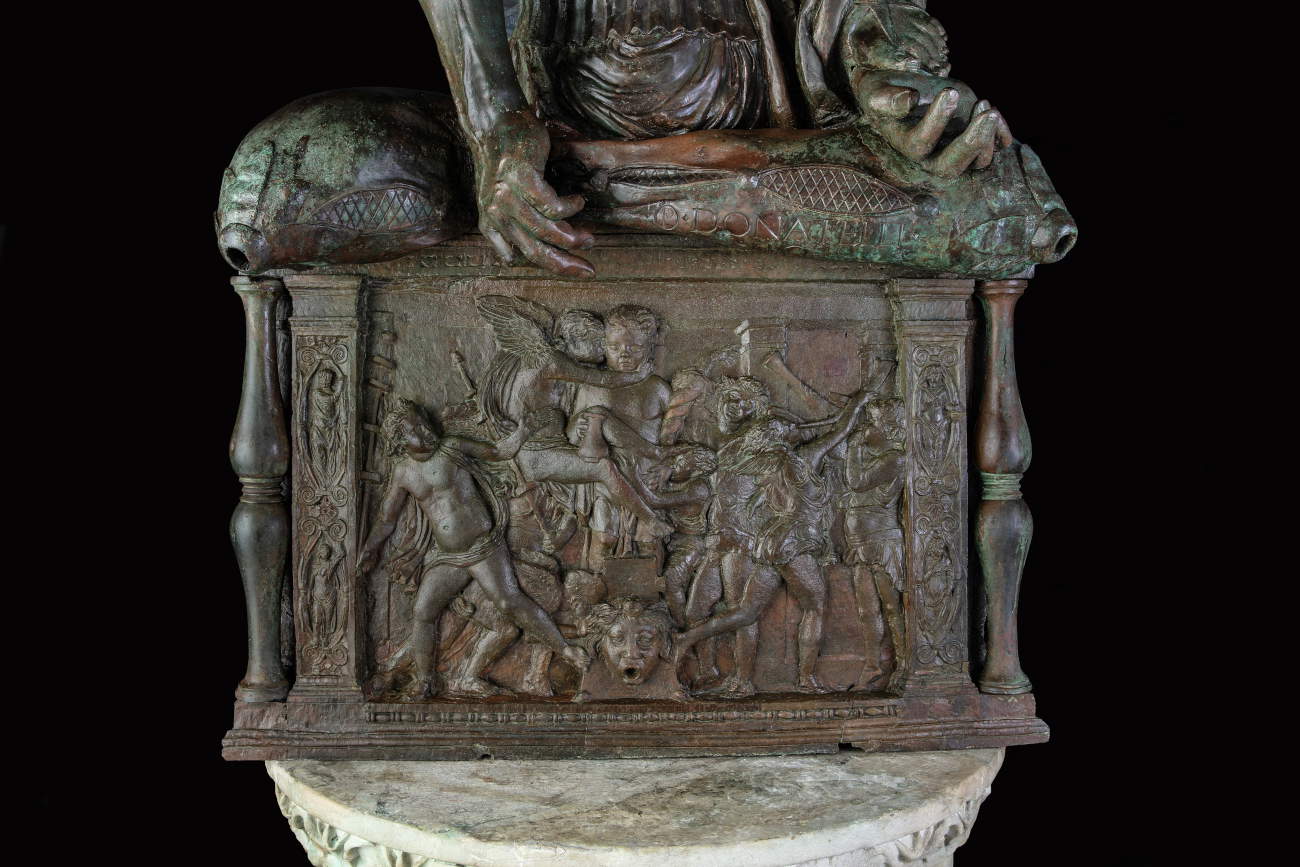
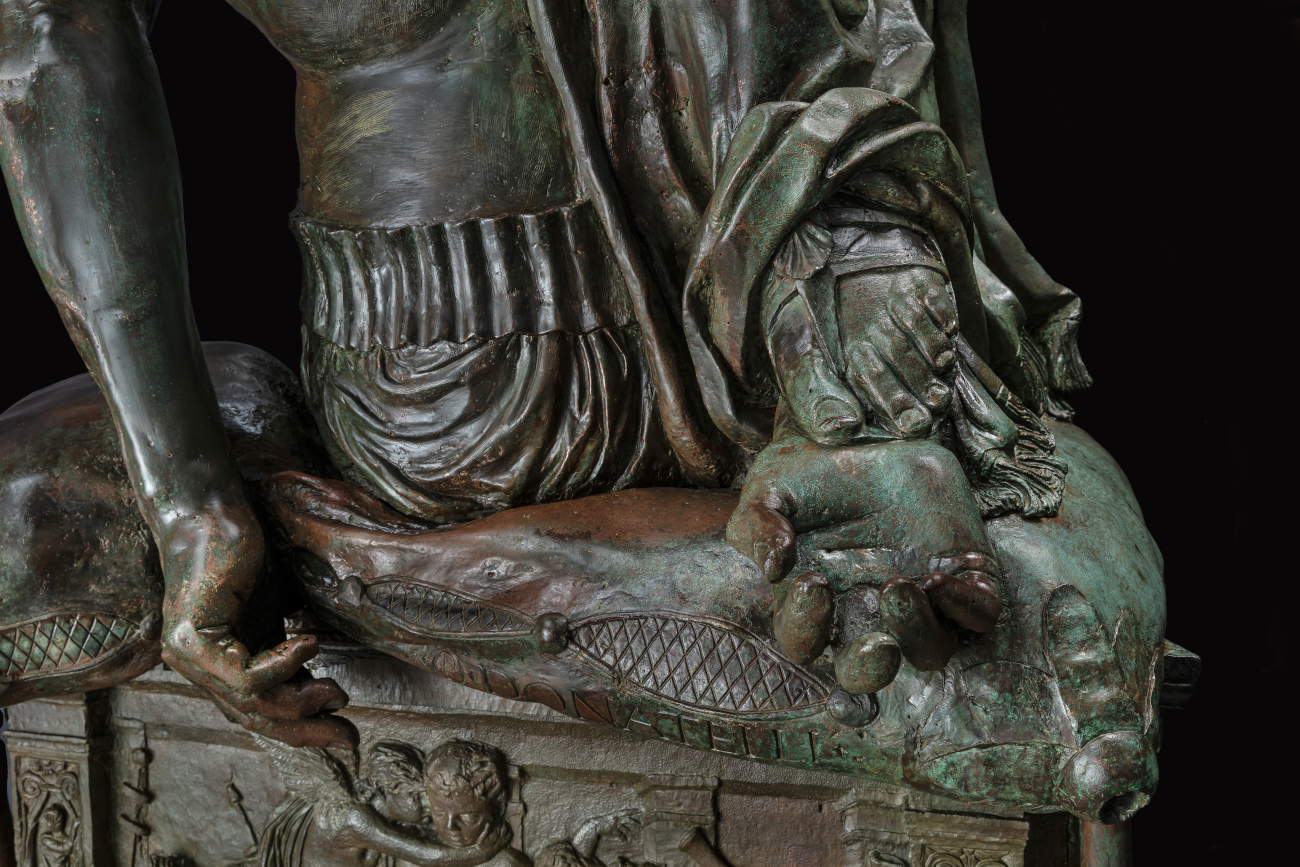
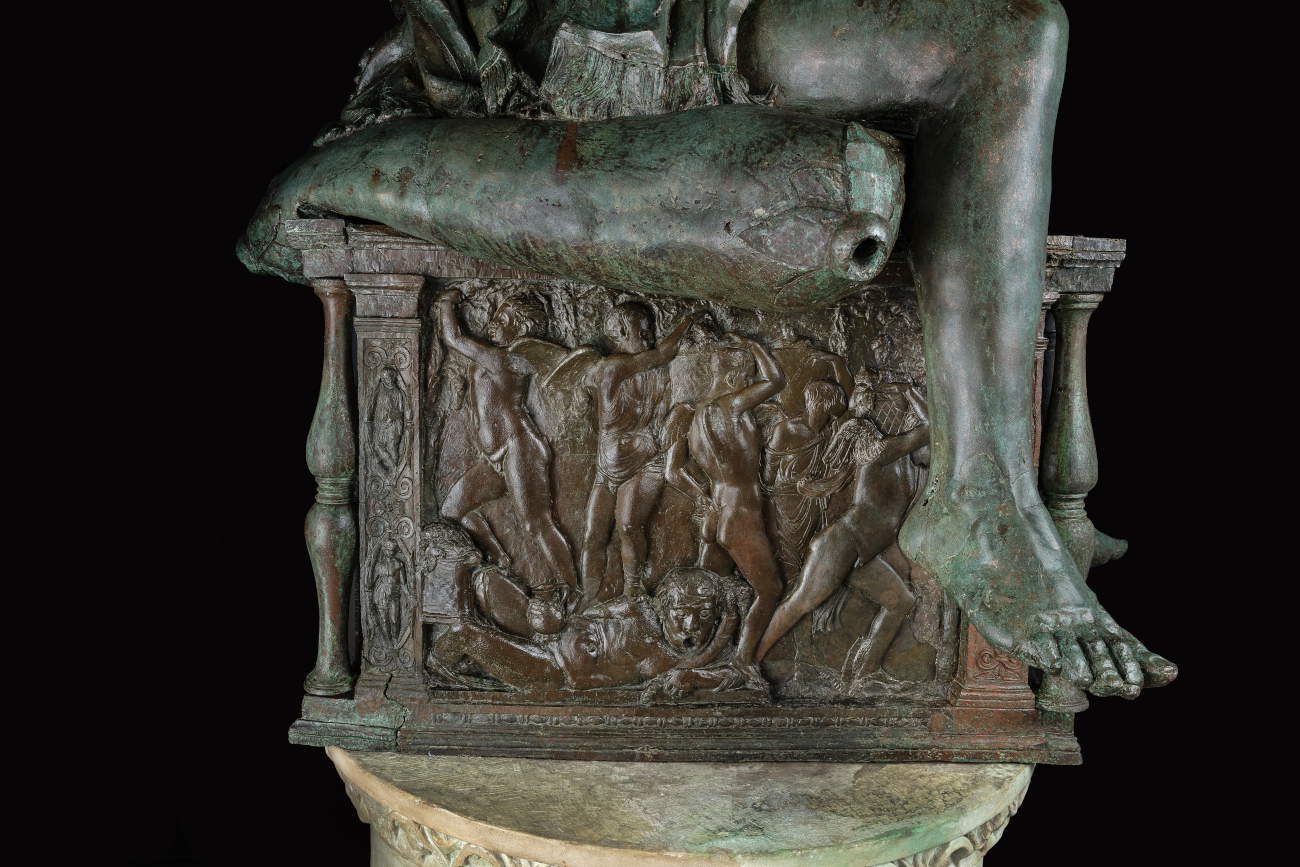
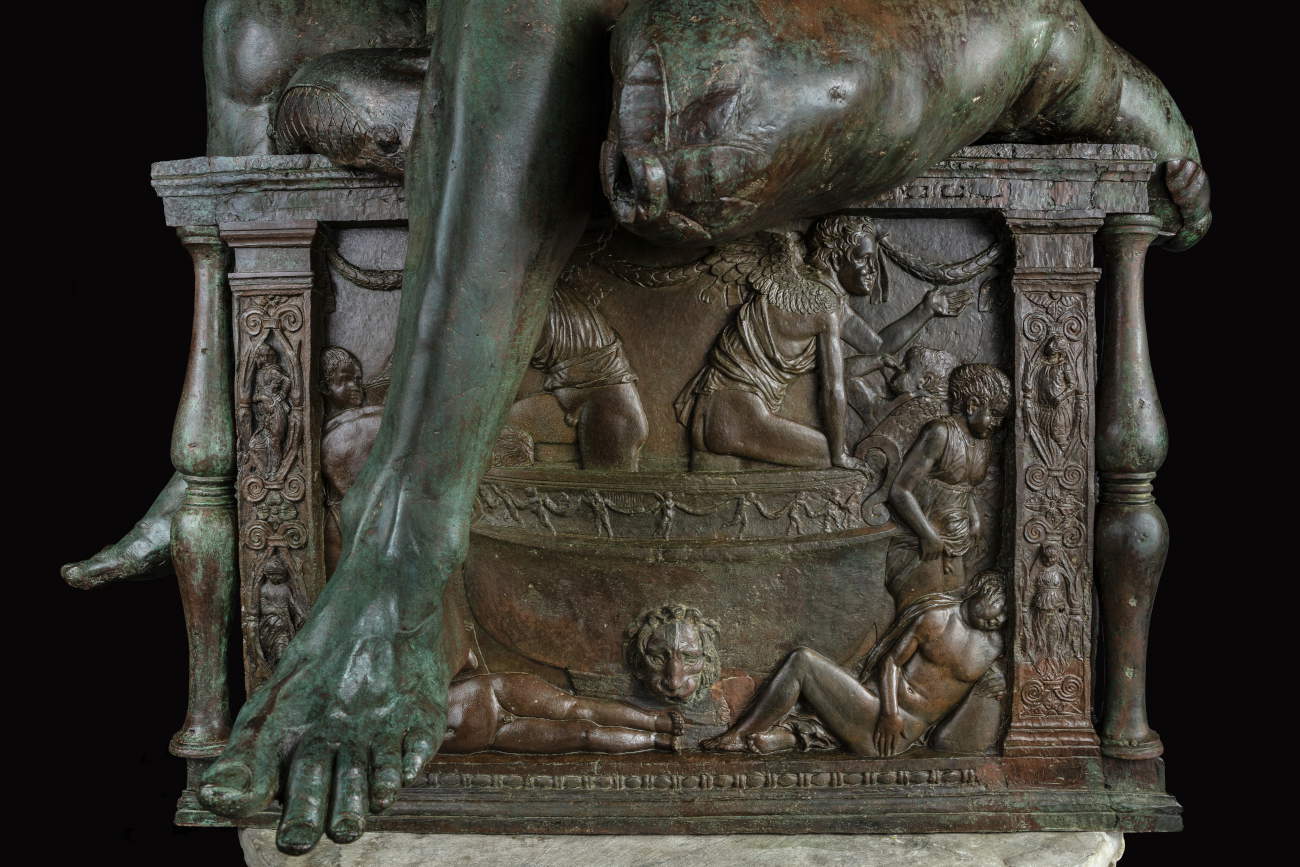
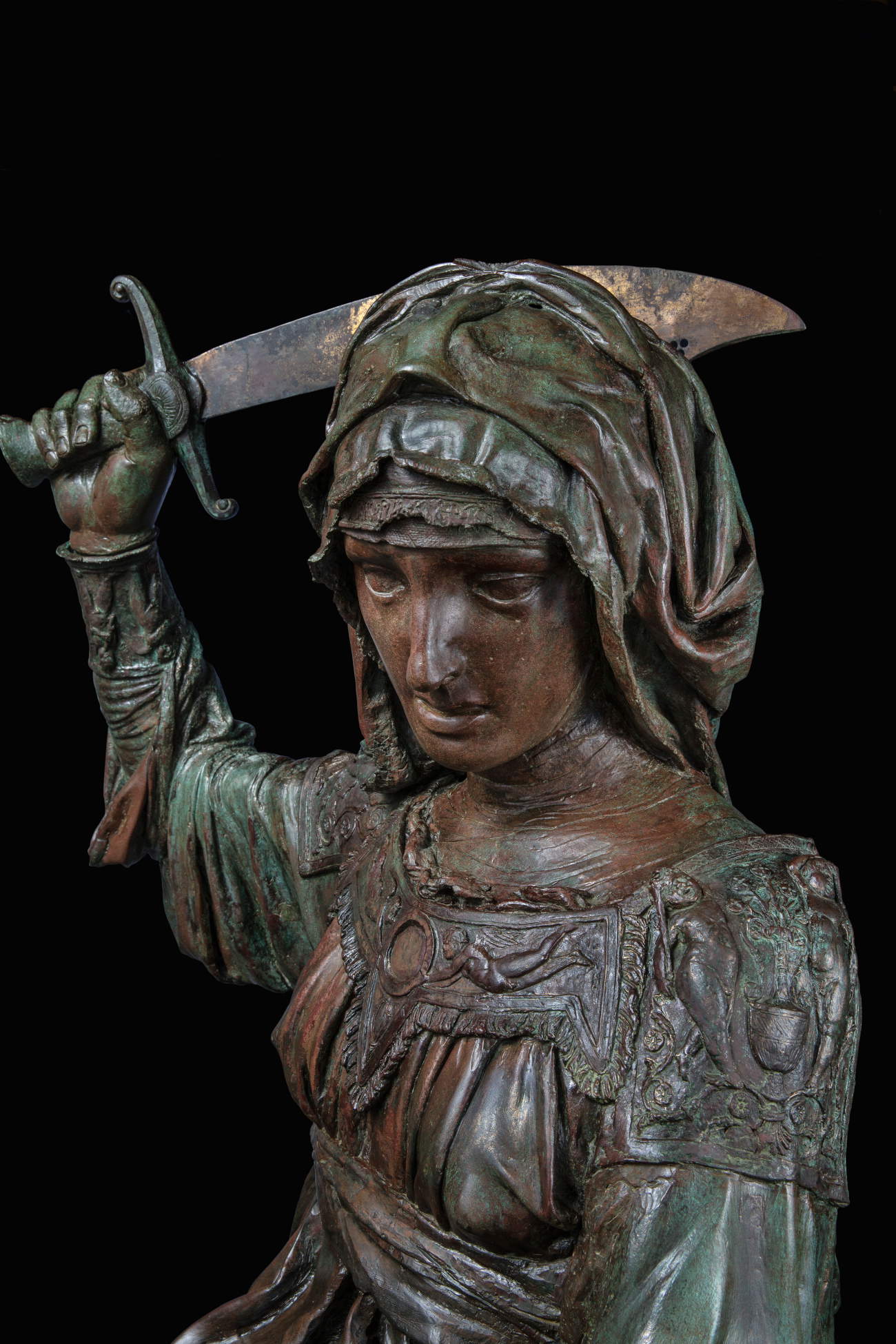
 |
| Florence, Donatello's bronze group with Donatello's Judith and Holofernes in Palazzo Vecchio restored |
Warning: the translation into English of the original Italian article was created using automatic tools. We undertake to review all articles, but we do not guarantee the total absence of inaccuracies in the translation due to the program. You can find the original by clicking on the ITA button. If you find any mistake,please contact us.